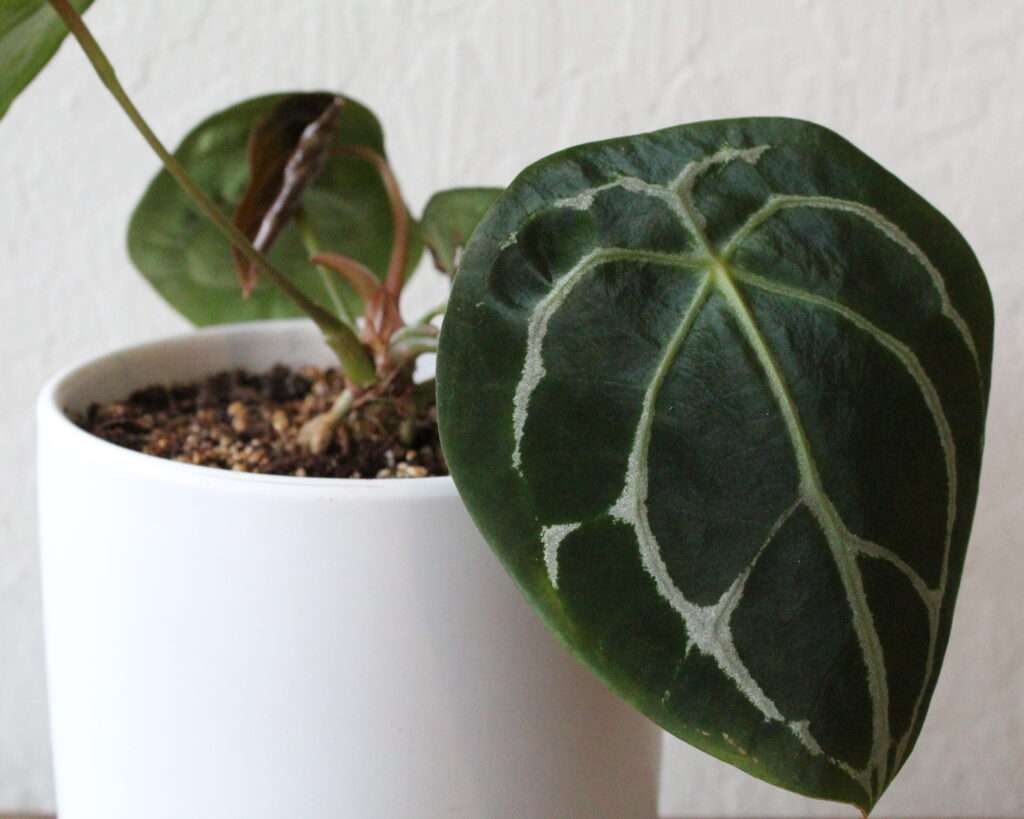
Brazilian pepper trees are woody perennial trees that can grow to a height of 13 meters They often have a domed appearance, with the lowermost lateral branches projecting outward from the typically short, multi-stemmed trunk. Dead branches are kept, and this results in a thicket under the canopy. Under the tree’s canopy, there is typically very little vegetation and intense shadow. According to some theories, the phenolic chemicals in the fruit’s exocarp could prevent the seeds of Brazilian peppertree from germinating as well as those of rival species.
The majority of the mature fruit is produced between December and March; however, fruits can be seen on trees all year. This is followed by a prolonged peak of fruiting.

Leaves:
- Bright green, evergreen, Alternate
Fruit:
- Round red berries
- Remain on tree
Flowers:
- White
- Fall flowers
Stem:
- Short trunk
- Hidden by branches
Where does it grows?
Brazilian pepper trees are common in wooded areas and near water.
- Brazilian pepper trees are indigenous to Brazil, Paraguay, and Argentina. Midway through the 1800s, the species were introduced to Florida for use as an ornamental plant.
- Its magnificent green leaves and vivid red berries are widely used as Christmas decora tions.
- This species is a weedy woody species.
Table





